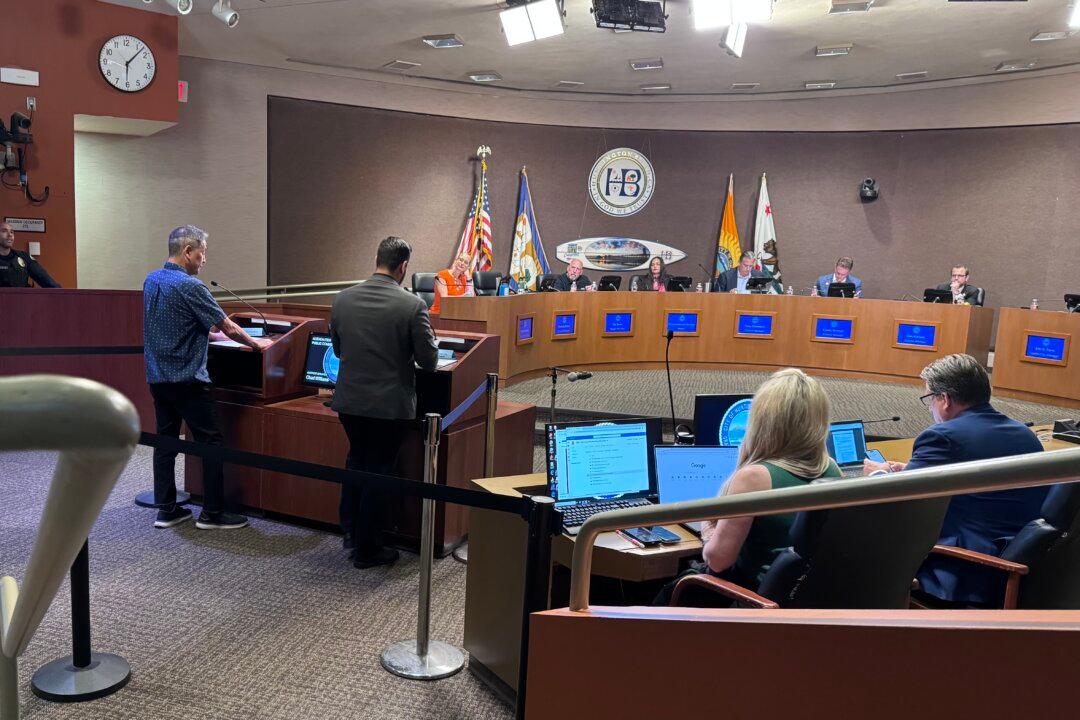California’s community colleges have handed out more than $5 million in financial aid to fraudulent students since 2021.
The bogus students are often bots who enroll, apply for a federal Pell grant—which can provide up to $7,600—collect it and then disappear.
Since then, such schemes became so prevalent that the California Community Colleges Chancellor’s Office began requiring in 2021 the colleges provide monthly reports regarding fraud.
It also implemented bot detection software on its websites, according to an August 2021 memo from the chancellor’s office.
Colleges also report that in addition to federal Pell grants, they have collectively distributed $1.5 million in state and local aid to fraudulent students.
In January, a spokesperson for the state chancellor’s office told CalMatters that 25 percent of the system’s applicants were suspected of fraud.
Todd Coston, an associate vice chancellor with the Kern Community College District, told CalMatters that fraud has “gotten significantly worse” in recent years.
Mr. Coston said that in 2023, “something changed and all of a sudden everything spiked like crazy.”
Online classes that typically see less enrollment were suddenly packed–which, he said, was a sign that many students enrolled may be fake.
Mr. Coston attributed the increase in reported fraud numbers to improvement in detecting schemes.
The state has also allocated more than $125 million for fraud detection, cybersecurity and other changes in the online application process at community colleges since 2022, he told CalMatters.







